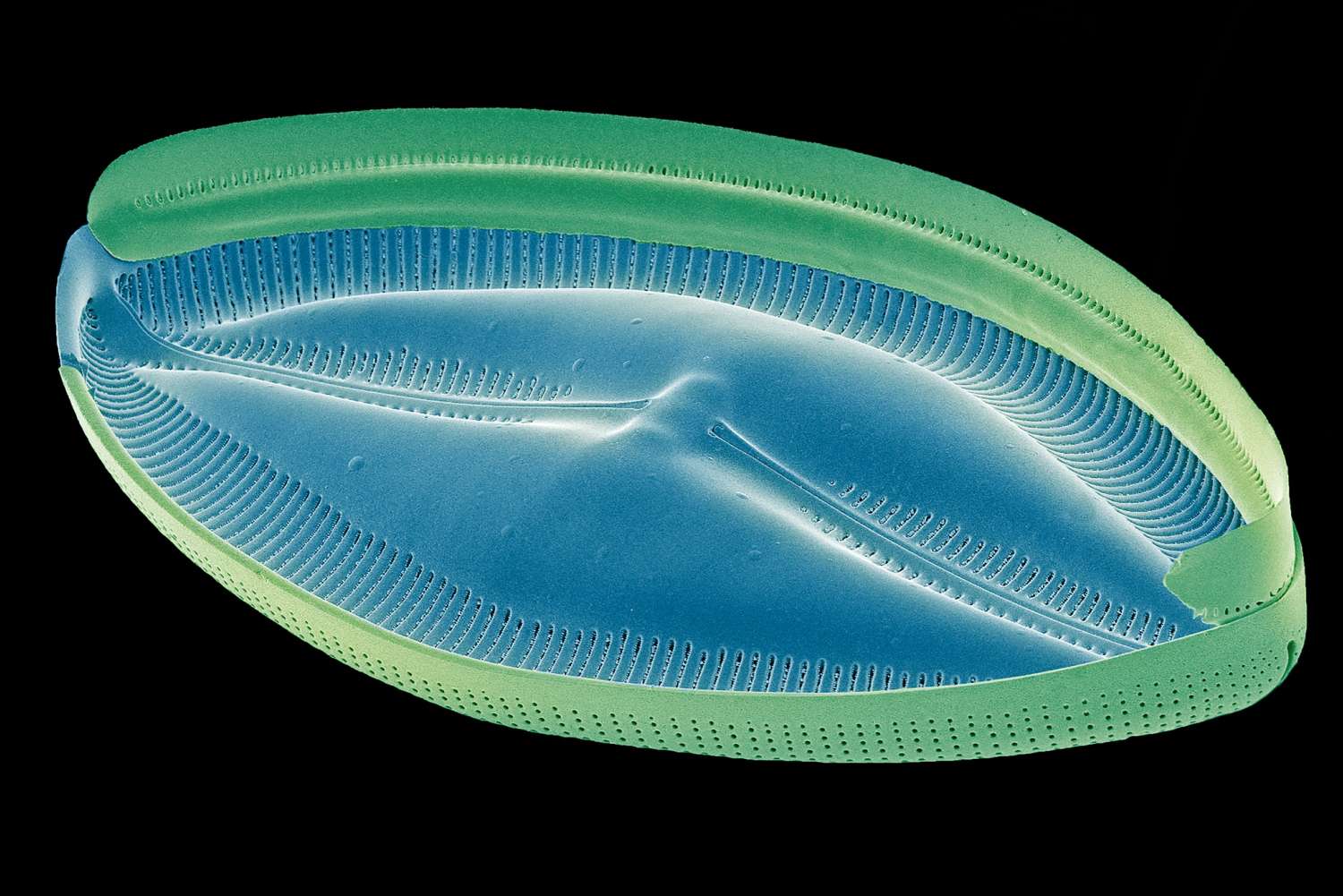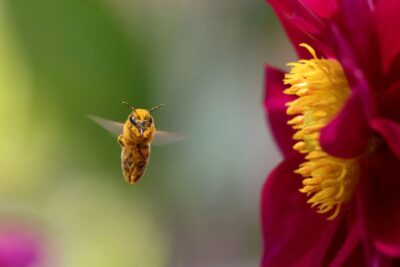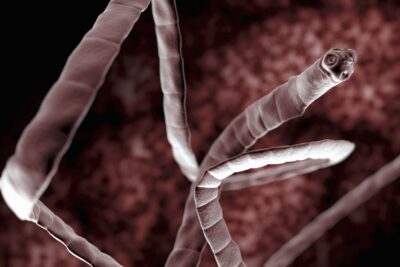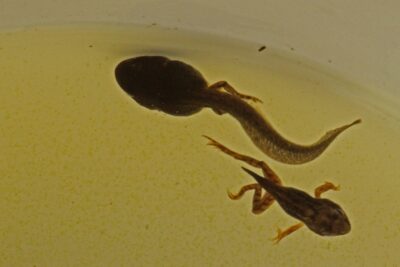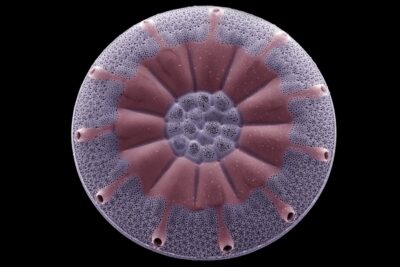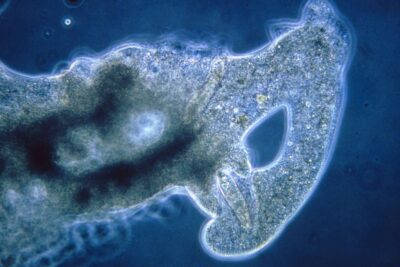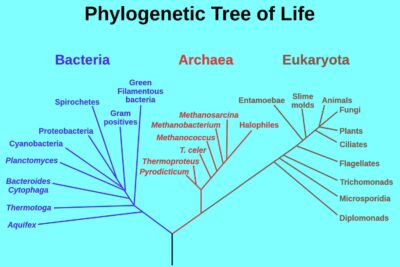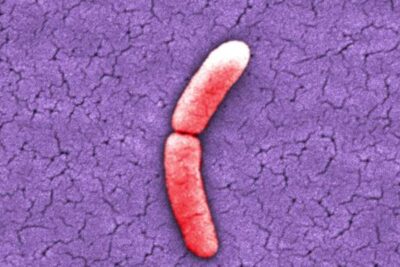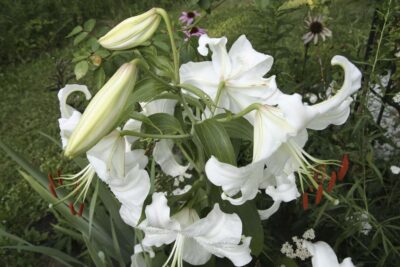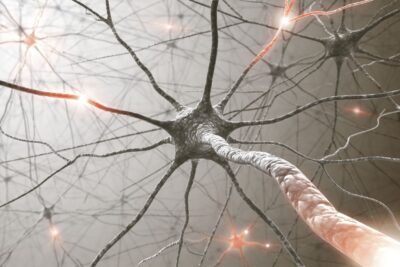
The Kingdom Protista consists of eukaryotic protists. Members of this very diverse kingdom are typically unicelluar and less complex in structure than other eukaryotes. In a superficial sense, these organisms are often described based on their similarities to the other groups of eukaryotes: animals, plants, and fungi.
Protists do not share many similarities, but are grouped together because they do not fit into any of the other kingdoms. Some protists are capable of photosynthesis; some live in mutualistic relationships with other protists; some are single celled; some are multicellular or form colonies; some are microscopic; some are enormous (giant kelp); some are bioluminescent; and some are responsible for a number of diseases that occur in plants and animals. Protists live in aquatic environments, moist land habitats, and even inside other eukaryotes.
Lectura relacionada:
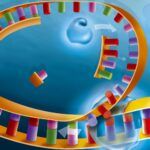 Etapas y Proceso de Replicación del ADN
Etapas y Proceso de Replicación del ADNProtista Characteristics
This is a photomicrograph of a paramecium.
NNehring/E+/Getty Images
Protists reside under the Eukarya Domain and are thus classified as eukaryotes. Eukaryotic organisms are distinguished from prokaryotes in that they have a nucleus that is surrounded by a membrane. In addition to a nucleus, protists have additional organelles in their cytoplasm. The endoplasmic reticulum and Golgi complexes are important for the synthesis of proteins and exocytosis of cellular molecules. Many protists also have lysosomes, which aid in the digestion of ingested organic material. Certain organelles may be found in some protist cells and not in others. Protists that have characteristics in common with animal cells also have mitochondria, which provide energy for the cell. Protists that are similar to plant cells have a cell wall and chloroplasts. Chloroplasts make photosynthesis possible in these cells.
Protists exhibit different methods of acquiring nutrition. Some are photosynthetic autotrophs, meaning that they are self-feeders and capable of using sunlight to generate carbohydrates for nutrition. Other protists are heterotrophs, which acquire nutrition through feeding on other organisms. This is accomplished by phagocytosis, the process in which particles are engulfed and digested internally. Still, other protists acquire nutrition predominately by absorbing nutrients from their environment. Some protists may exhibit both photosynthetic and heterotrophic forms of nutrient acquisition.
While some protists are non-motile, others exhibit locomotion through different methods. Some protists have flagella or cilia. These organelles are protrusions formed from specialized groupings of microtubules that move to propel protists through their moist environment. Other protists move by using temporary extensions of their cytoplasm known as pseudopodia. These extensions are also valuable in allowing the protist to capture other organisms that they feed on.
Lectura relacionada: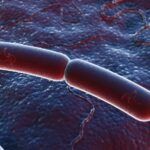 Comparación y contraste: Fisión binaria vs. Mitosis
Comparación y contraste: Fisión binaria vs. MitosisThe most common method of reproduction displayed in protists is asexual reproduction. Sexual reproduction is possible, but typically only occurs during times of stress. Some protists reproduce asexually by binary fission or multiple fission. Others reproduce asexually by budding or through spore formation. In sexual reproduction, gametes are produced by meiosis and unite at fertilization to produce new individuals. Other protists, such as algae, exhibit a type of alternation of generations in which they alternate between haploid and diploid stages in their life cycles.
Photosynthetic Protists
Diatom and Dinoflagellate Protists.
Oxford Scientific/Photodisc/Getty Images
Protists can be grouped according to similarities in a number of different categories including nutrition acquisition, mobility, and reproduction. Examples of protists include algae, amoebas, euglena, plasmodium, and slime molds.
Lectura relacionada: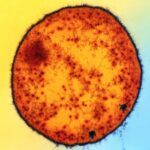 Dominio de Arqueas: Organismos Microscópicos Extremos
Dominio de Arqueas: Organismos Microscópicos ExtremosProtists that are capable of photosynthesis include various types of algae, diatoms, dinoflagellates, and euglena. These organisms are often unicellular but can form colonies. They also contain chlorophyll, a pigment which absorbs light energy for photosynthesis. Photosynthetic protists are considered plant-like protists.
Protists known as dinoflagellates or fire algae, are plankton that live in marine and freshwater environments. At times they can reproduce rapidly producing harmful algae blooms. Some dinogflagellates are also bioluminescent. Diatoms are among the most abundant types of unicellular algae known as phytoplankton. They are encased within a silicon shell and are abundant in marine and freshwater aquatic habitats. Photosynthetic euglena are similar to plant cells in that they contain chloroplasts. It is thought that the chloroplasts were acquired as a result of endosymbiotic relationships with green algae.
Heterotrophic Protists
This is an amoeba with finger-like pseudopodia (dactylopodia). These freshwater single-celled organisms feed on bacteria and smaller protozoa. They use their pseudopodia to engulf their food and for locomotion. Although the cell shape is extremely flexible, and most amoeba look 'naked' in the light microscope, SEM reveals many are covered by a coat of scales.
Science Photo Library - STEVE GSCHMEISSNER/ Brand X Pictures/Getty Images
Heterotrophic protists must obtain nutrition by taking in organic compounds. These protists feed on bacteria, decaying organic matter, and other protists. Heterotrophic protists can be categorized based on their type of movement or lack of locomotion. Examples of heterotrophic protists include amoebas, paramecia, sporozoans, water molds, and slime molds.
- Movement With Pseudopodia
Amoebas are examples of protists that move using pseudopodia. These temporary extensions of the cytoplasm allow the organism to move as well as to capture and engulf organic material through a type of endocytosis known as phagocytosis, or cell eating. Amoebas are amorphous and move by changing their shape. They reside in aquatic and moist environments, and some species are parasitic.
Heterotrophic Protists With Flagella or Cilia
Trypanosoma Parasite (Kingdom Protista), illustration.
ROYALTYSTOCKPHOTO/Science Photo Library/Getty Images
Trypanosomes are examples of heterptrophic protists that move with flagella. These long, whip-like appendages move back an forth enabling movement. Trypanosomes are parasites that can infect animals and humans. Some species cause African sleeping sickness which is transmitted to humans by biting flies.
Paramecia are examples of protists that move with cilia. Cilia are short, thread-like protrusions that extend from the body and move in a sweeping motion. This motion allows the organism to move and also pulls food (bacteria, algae. ect.) toward the paramecium's mouth. Some paramecia live in mutualistic symbiotic relationships with green algae or with certain bacteria.
Heterotrophic Protists With Limited Movement
This is a magnified image of slime mold fruiting bodies.
Joao Paulo Burini/Moment Open/Getty Images
Slime molds and water molds are examples of protists that exhibit limited motion. These protists are similar to fungi in that they decompose organic matter and recycle nutrients back into the environment. They live in moist soils among decaying leaves or wood.
There are two types of slime molds: plasmodial and cellular slime molds. A plasmodial slime mold exists as an enormous cell formed by the fusion of several individual cells. This huge blob of cytoplasm with many nuclei resembles slime that moves slowly in an amoeba-like fashion. Under harsh conditions, plasmodial slime molds produce reproductive stalks called sporangia that contain spores. When released into the environment, these spores may germinate producing more plasmodial slime molds.
Cellular slime molds spend most of their life cycle as single-celled organisms. They too are capable of amoeba-like movement. When under stressful conditions, these cells unite forming a large group of individual cells that resemble a slug. The cells form a reproductive stalk or fruiting body that produces spores.
Water molds live in aquatic and moist terrestrial environments. They feed on decaying matter, and some are parasites that live off of plants, animals, algae, and fungi. Species of the Oomycota phylum exhibit filamentous or thread-like growth, similar to fungi. However, unlike fungi, oomycetes have a cell wall that is composed of cellulose and not chitin. They can also reproduce both sexually and asexually.
Non-motile Heterotrophic Protists
This is a scanning electron microscopic image of parasitic protozoans (Plasmodium sp.) that cause malaria being released from a red blood cell.
MedicalRF.com/Getty Images
Sporozoans are examples of protists that do not posses structures that are used for locomotion. These protists are parasites that feed off of their host and reproduce by the formation of spores. Sporozoans exhibit a type of alternation of generations in their life cycle, in which they alternate between sexual and asexual phases. Sporozoans are transmitted to humans by insect or other animal vectors.
Toxoplasmosis is a disease caused by the sporozoan Toxoplasma gondii that can be transmitted to humans by animals or can be contracted by ingesting contaminated food or water. In severe toxoplasmosis, T. gondii damage eyes or other organs, such as the brain. Toxoplasmosis does not typically develop in people with healthy immune systems.
Another sporozoan, known as plasmodium, causes malaria in humans. These protists are transmitted to mammals by insect bites, commonly by mosquitoes, and infect red blood cells. Plasmodium, in the merozoites stage of their life cycle, multiply within infected blood cells causing them to rupture. Once released, the merozoites can infect other red blood cells.

